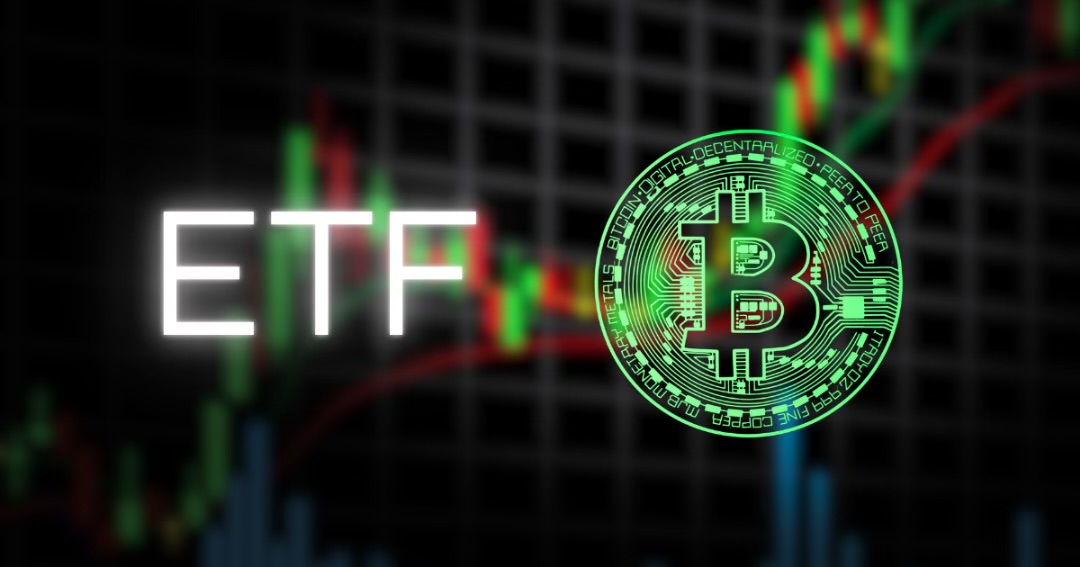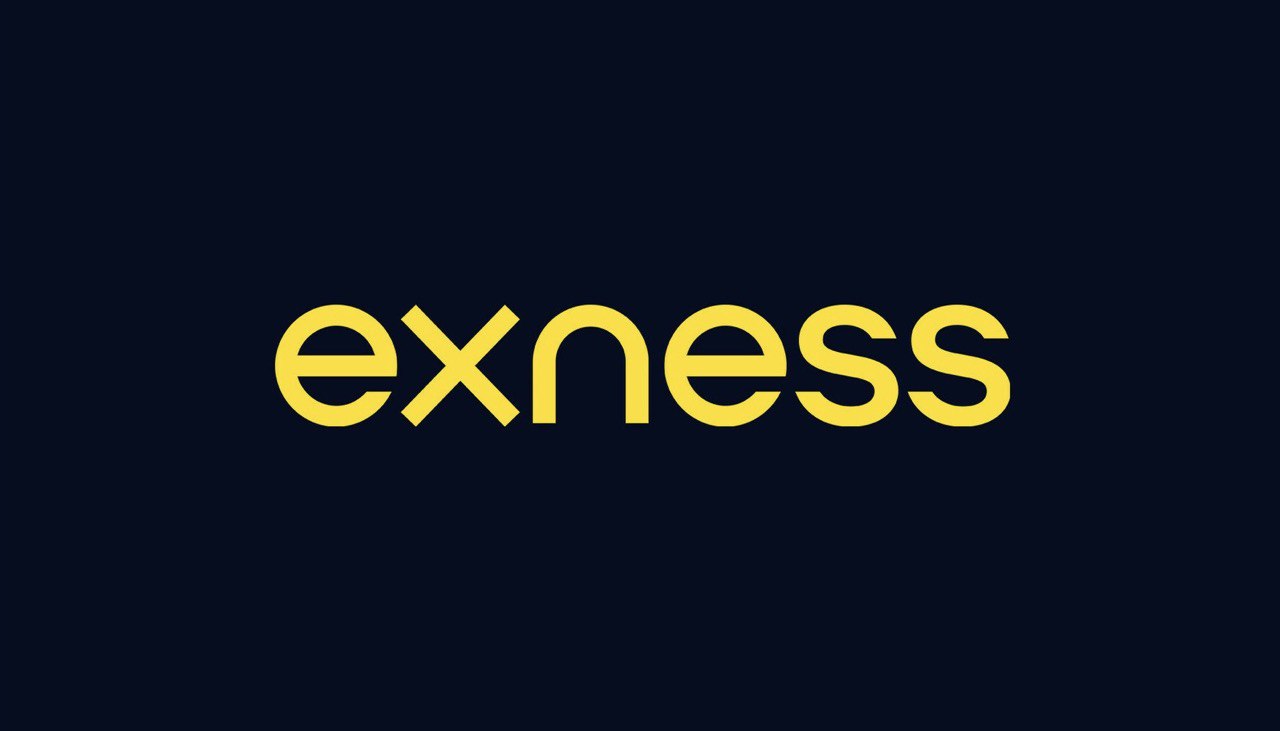Understanding Exchange-Traded Funds (ETFs) and How to Invest

Exchange-Traded Funds (ETFs) are not just investment tools; they are fundamental components of portfolios used by a wide range of investors, from individuals to financial advisors and large institutions worldwide. With global assets exceeding $12 trillion and significant inflows in the first half of the year, ETFs are increasingly popular due to their accessibility, cost-effectiveness, and versatility. Whether you are aiming for retirement planning, passive wealth accumulation, or sector-specific opportunities, ETFs offer efficient solutions for diversifying portfolios and managing risks.
This comprehensive guide covers everything you need to know about ETFs, including their definition, functioning, various types and strategies, and how to start investing in them. It is an excellent way to leverage one of the most significant financial innovations of our time.
What Is an Exchange-Traded Fund (ETF)?
An Exchange-Traded Fund (ETF) is an investment fund that enables the purchase and sale of stocks, bonds, commodities, and other securities on a stock exchange, similar to individual company shares. When you buy an ETF share, you effectively own a portion of the fund’s assets, providing diversified exposure to multiple securities at once, reducing risk and simplifying portfolio management.
Functioning similarly to a mutual fund but with added tradability and liquidity akin to individual stocks, an ETF is managed by professionals and typically tracks a specific index or theme. The transparency of ETFs, with daily disclosure of holdings, allows investors to make informed decisions based on real-time asset values.
How ETFs Work: Structure and Trading Basics
ETFs are created by fund sponsors who compile the fund’s holdings and offer shares to the public through stock exchanges. When investors purchase ETF shares, they own a share of the entire basket of assets rather than individual holdings. Most ETFs track specific indexes or themes and are traded throughout the day, providing cost-efficient and liquid investment options.
The pricing of ETFs is continuously determined by the market, and investors can trade them using brokerage accounts, ensuring instant liquidity and low costs.
Types of ETFs
There are typically eight types of ETFs, each serving different investment needs or styles. These ETFs offer diverse strategies that cater to various financial objectives and play crucial roles in portfolio construction and goal achievement.
Broad Market Index ETFs
Broad market index ETFs form the foundation of many portfolios, tracking major stock indexes like the S&P 500 and providing exposure to a wide array of companies across various industries. These ETFs are known for their simplicity, low costs, and high diversification benefits, making them popular among long-term investors seeking market-tracking growth.
Sector and Industry ETFs allow investors to focus on specific market segments such as technology, healthcare, or energy, enabling targeted investments based on growth opportunities or risk mitigation within particular sectors.
International and Regional ETFs
International and regional ETFs provide exposure to markets outside an investor’s home country, facilitating portfolio diversification and participation in global growth trends. These ETFs can track entire regions or specific countries, offering flexibility in adjusting exposure to global economic changes.
Bond and Fixed Income ETFs
Bond and fixed income ETFs invest in various types of bonds, catering to investors looking for income generation, wealth protection, or risk reduction. These ETFs offer intraday trading capabilities and allow investors to select specific bond characteristics such as maturities, credit quality, or tax treatment.
Commodity and Alternative ETFs
Commodity ETFs provide exposure to assets like gold, silver, or real estate, offering opportunities to hedge against inflation or diversify away from traditional stocks and bonds. These ETFs can be volatile and may utilize different investment strategies to enhance returns.
ESG and Thematic ETFs
ESG and thematic ETFs focus on sustainability, ethical practices, or specific themes like clean energy or digital innovation. These ETFs cater to investors seeking alignment with their values or exposure to emerging trends, albeit with potentially higher volatility due to concentrated holdings.
Leveraged and Inverse ETFs
Leveraged and inverse ETFs aim to amplify or inversely track the daily returns of an index, serving as tools for experienced traders looking to capitalize on short-term market movements or volatility spikes.
Smart Beta and Factor ETFs
Smart beta and factor ETFs blend active and passive strategies by deviating from traditional market-cap weighting methods, focusing on specific financial factors such as dividends, value, or low volatility. These ETFs offer potential benefits in diversification and risk management but may come with higher costs.
ETFs vs. Mutual Funds: Key Differences
ETFs and mutual funds differ in several aspects:
- Trading: ETFs trade intraday like stocks, while mutual funds trade once daily at the net asset value.
- Costs: ETFs generally have lower expense ratios and may offer zero-commission trades, contrasting with mutual funds that often have higher fees and investment minimums.
- Tax Efficiency: ETFs are more tax-efficient due to their creation/redemption structures, minimizing capital gains distributions compared to mutual funds.
- Transparency: ETFs typically disclose holdings daily, whereas mutual funds may do so monthly or quarterly.
- Active vs. Passive: ETFs are predominantly passively managed, but the popularity of active ETFs is increasing, whereas mutual funds are still largely actively managed.
How to Invest in ETFs: A Step-by-Step Guide
Investing in ETFs is straightforward for both beginners and experienced investors. Here’s a step-by-step guide:
1. Open a Brokerage Account
To invest in ETFs, you need a brokerage account, which can be traditional, online, or through a robo-advisor. Many platforms offer commission-free ETF trading without minimum account requirements.
2. Define Your Investment Goals and Strategy
Assess your financial objectives, risk tolerance, and time horizon to determine the investment strategy that aligns with your goals. Consider factors like long-term growth, income generation, or capital preservation.
3. Research and Select ETFs
Use ETF screeners and comparison tools to identify ETFs that match your investment criteria. Evaluate factors such as expense ratios, trading volume, underlying strategy, past performance, and tax implications.
4. Decide on Your Investment Plan: Lump Sum or Dollar-Cost Averaging
Choose between investing a lump sum or employing dollar-cost averaging to gradually build your position over time. Setting up savings plans can automate this process and reduce timing risks.
5. Place Your Order
Log into your brokerage account, search for the ETF’s ticker symbol, specify the number of shares to purchase, and select the order type (market or limit) to execute your trade.
6. Monitor and Rebalance Your Portfolio
Regularly review your portfolio holdings, adjusting them as necessary to maintain your desired asset allocation and accommodate changes in market conditions or personal goals.
ETF Strategies for Beginners and Beyond
- Core-and-Satellite Approach: Use broad market ETFs as a stable core and complement with focused ETFs for growth opportunities or tactical investments.
- Balanced Portfolio: Combine stock and bond ETFs to manage risk and potential returns based on your risk profile and investment objectives.
- Growth or Aggressive Allocation: Emphasize global equities, small-cap stocks, and emerging markets for higher long-term returns, accepting increased volatility.
- Income Focus: Opt for dividend, bond, or REIT ETFs to generate steady income streams.
- Dollar-Cost Averaging: Gradually build your investment position over time to mitigate short-term market fluctuations and reduce market-timing risks.
Understanding ETF Risks and Considerations
While ETFs offer numerous advantages, investors should be mindful of potential risks:
- Market Risk: ETF values fluctuate with underlying asset prices.
- Liquidity Risk: Some specialized or illiquid ETFs may have wider spreads and less favorable trading conditions.
- Tracking Error: ETF returns may deviate from their benchmarks due to fees or replication imperfections.
- Closure Risk: ETFs with insufficient assets may close, potentially resulting in forced selling at a loss.
- Tax Implications: Despite tax efficiency, ETF investors may still owe taxes on distributions, especially in commodities or leveraged products.
Tax Benefits and Strategies with ETFs
ETFs offer tax advantages due to:
- Minimized capital gains distributions through in-kind redemptions, resulting in taxation only upon share sale.
- Taxation of qualified dividends at lower long-term capital gains rates and ordinary income treatment for bond ETF interest.
- Strategic use for tax-loss harvesting and asset location to optimize tax efficiency across different account types.
- Consulting tax advisors is recommended for complex ETF structures or international investments.
How to Build an ETF Portfolio
Constructing an ETF-based portfolio is a mainstream investment approach. Consider these steps:
- Determine asset allocation based on risk tolerance and goals, selecting core holdings with broad market index ETFs.
- Augment the core with additional ETFs for targeted exposures like sectors, regions, or thematic investments.
- Regularly review and rebalance the portfolio to adapt to changing life circumstances or evolving market conditions.
Many brokerages provide automated investment options, simplifying the process for beginners or those seeking low-maintenance strategies.
Conclusion
Exchange-Traded Funds have transformed the investment landscape by combining stock-like flexibility and fund-like diversification. Whether you seek global exposure, sector-specific investments, or cost-effective long-term strategies, ETFs offer versatile solutions for various financial objectives. By leveraging their low costs, tax efficiency, and ease of trading, investors can build resilient portfolios for the future.
FAQs
- What is an exchange-traded fund (ETF)?
An ETF is a pooled investment fund that trades on stock exchanges, providing diversified exposure to various assets throughout the trading day. - How do I start investing in ETFs?
To invest in ETFs, open a brokerage account, research suitable ETFs, define your investment strategy, place orders, and monitor your investments. - What are the main benefits of ETFs?
ETFs offer diversification, cost-effectiveness, trading flexibility, transparency, and tax efficiency compared to many mutual funds. - What risks should I consider when investing in ETFs?
Risks include market fluctuations, liquidity issues, tracking errors, closure risks, and specific tax implications associated with certain ETF types. - How do ETFs compare to mutual funds?
ETFs trade intraday, are more tax efficient, have lower costs, and greater transparency compared to mutual funds, which trade at daily NAV prices and may involve higher fees.
.




